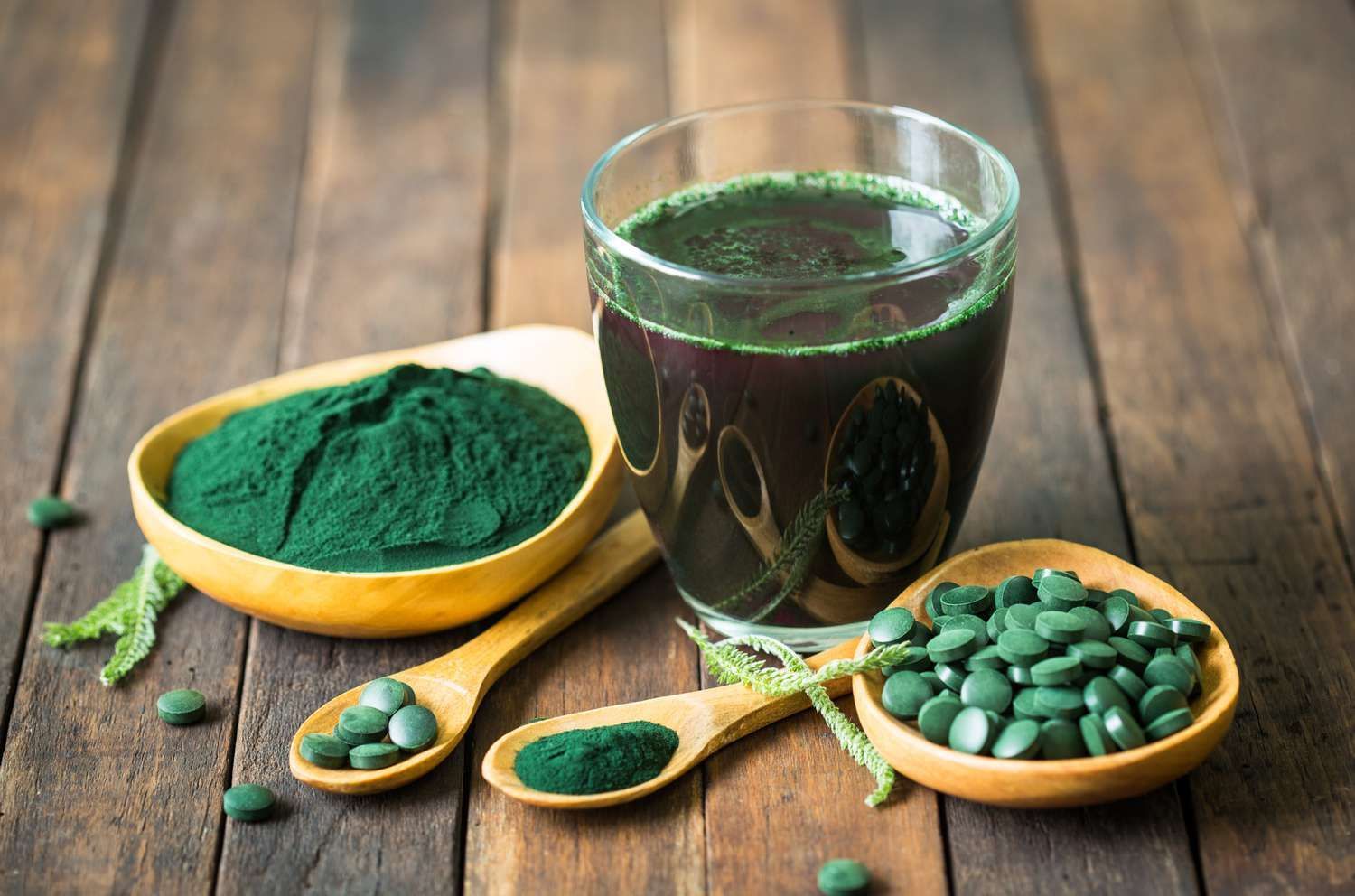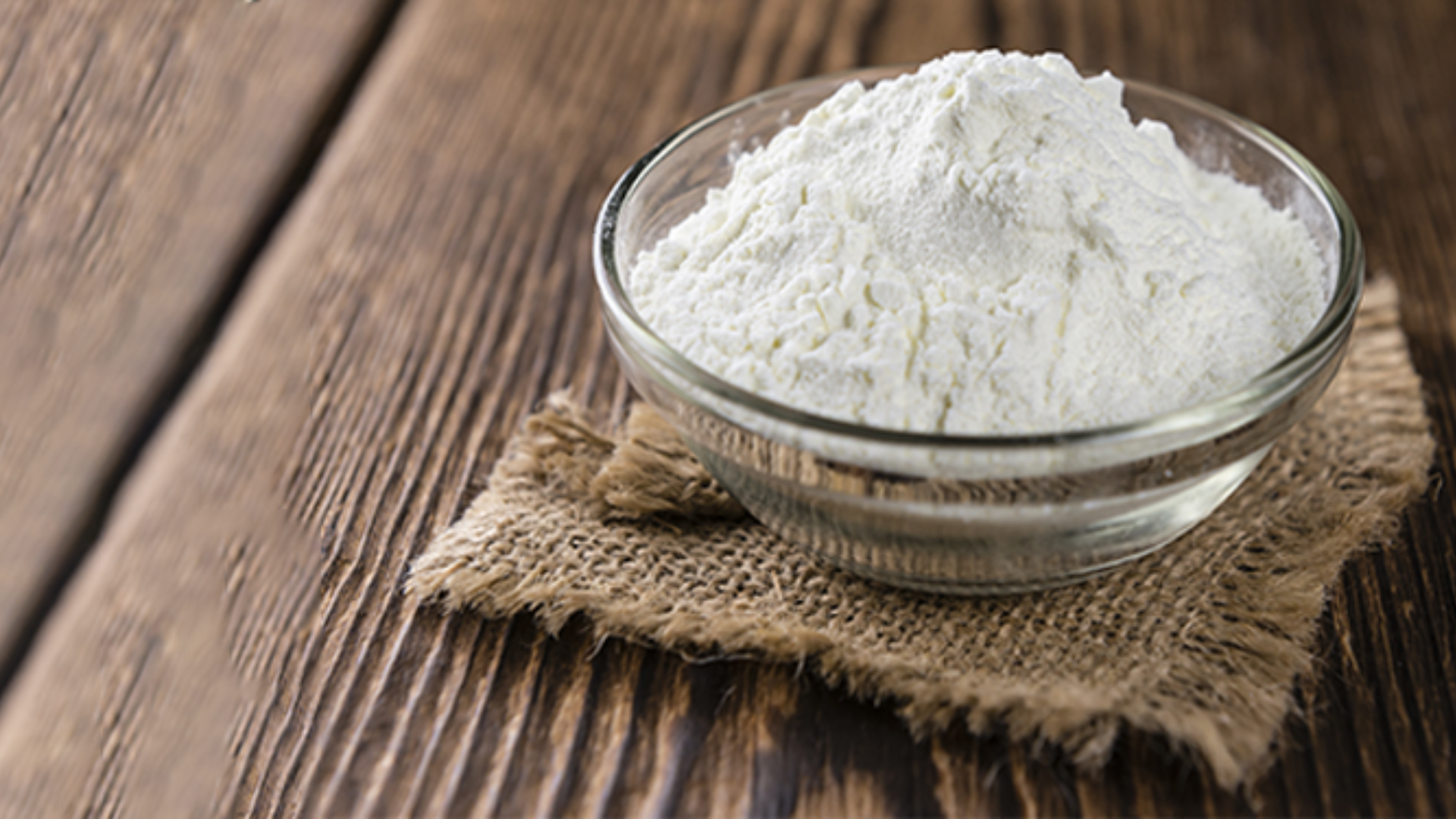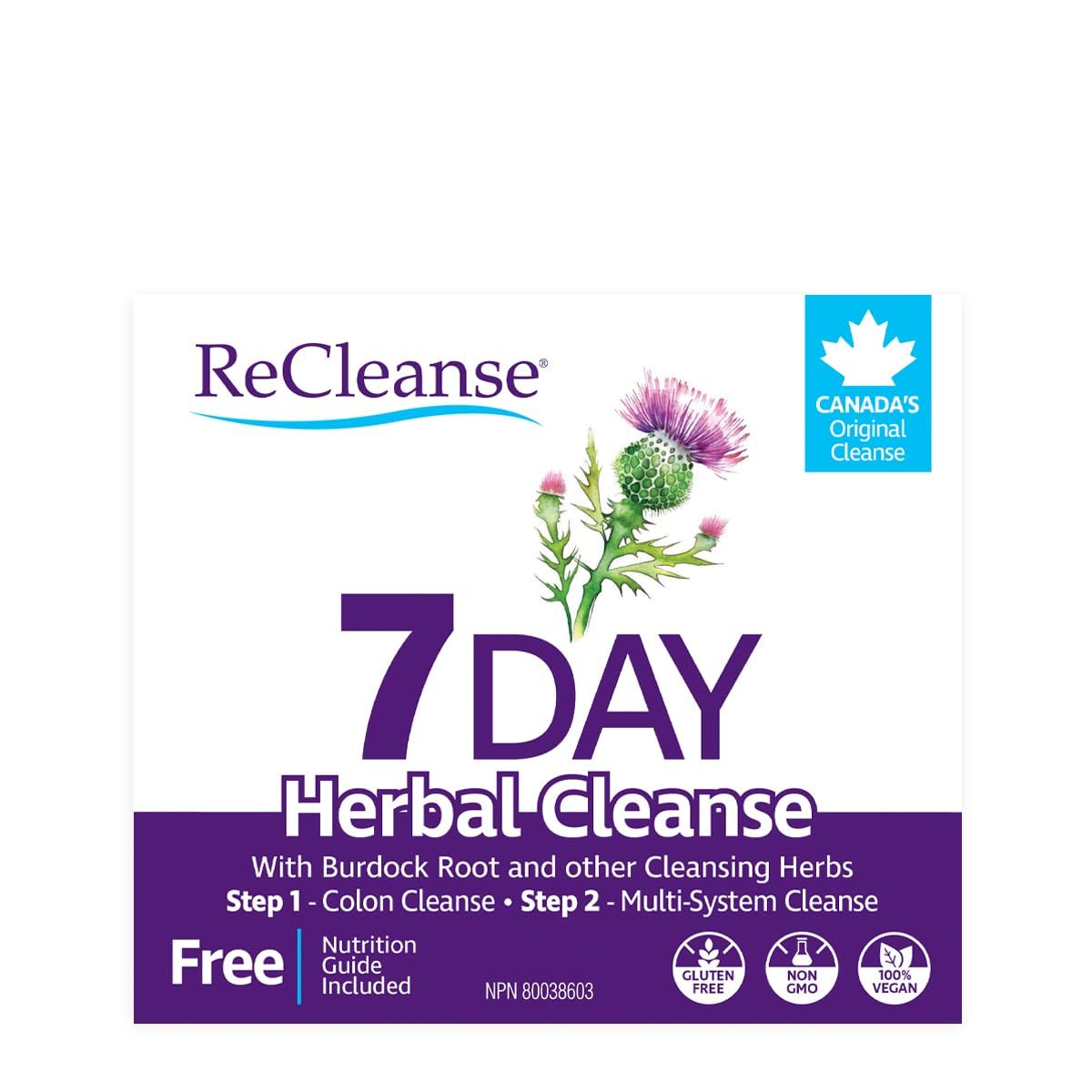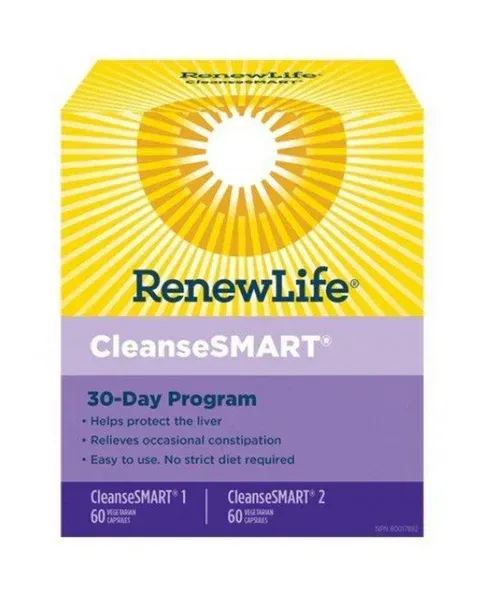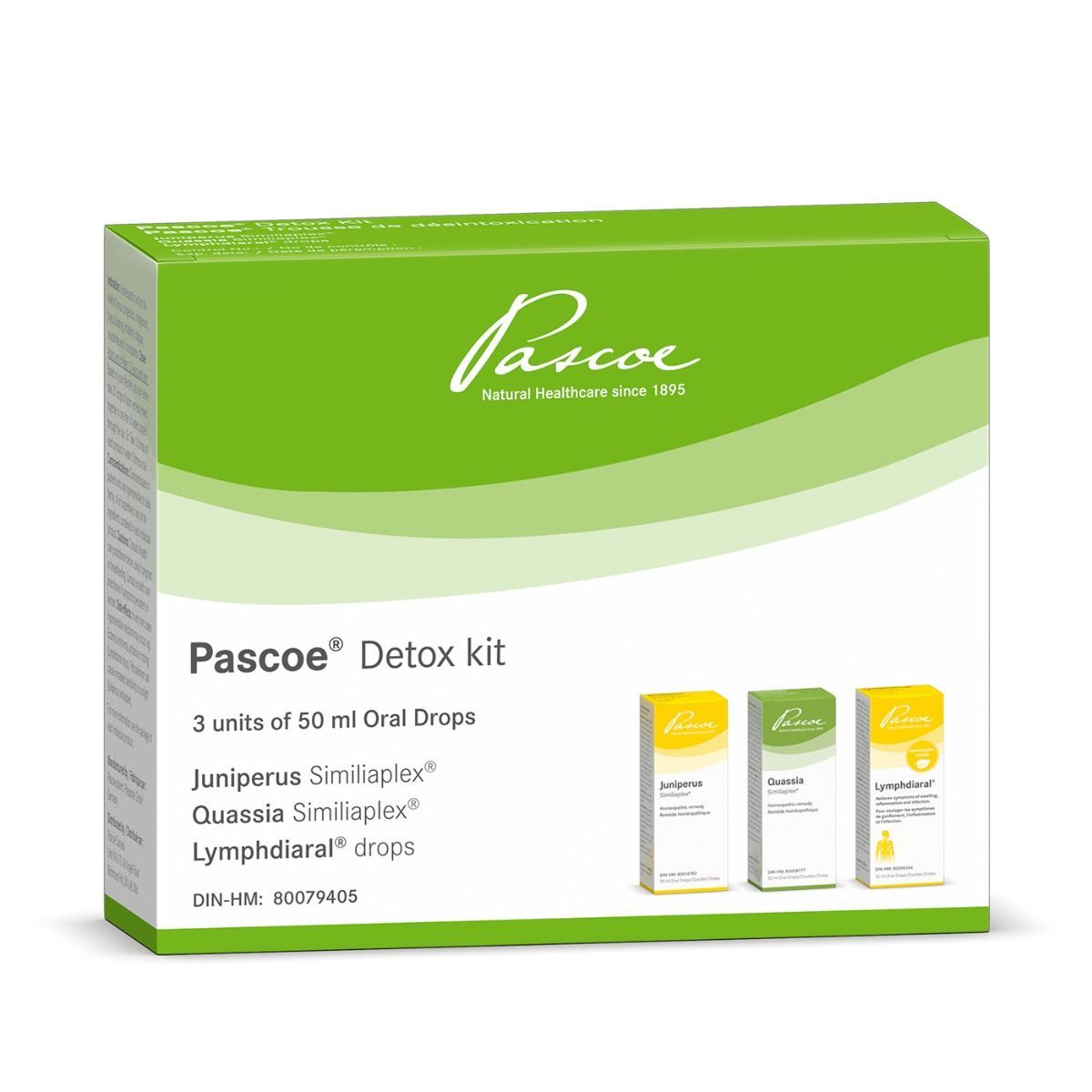Single Herbs, Supplements, & Ingredients
On this page, you'll find educational overviews of commonly used single herbs, supplements, and ingredients - such as magnesium, sweeteners, and favourite supplements like Bio-Strath. We offer this information so that you can better understand some of the supplements, herbs, and products available in our stores, as well as some of the ingredients found in them.

Everybody has been talking about collagen recently and there's a good reason why. It's incredibly beneficial for you!
Collagen is the most abundant protein in your body, making up 30% of your protein mass. It can be found in bones, connective tissues, muscles, hair, skin, nails and even our blood vessels.



